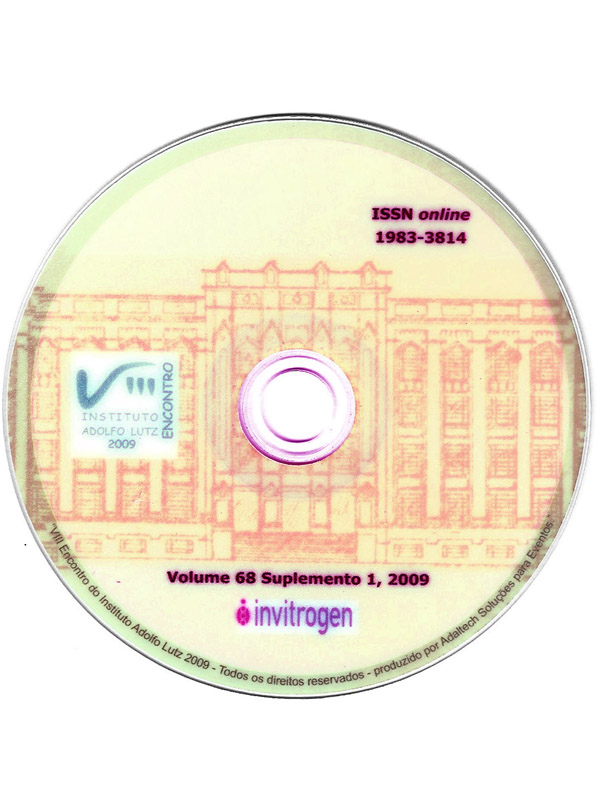Abstract
Background: The treatment of HIV infection in children and teenagers is specially challenging and primary resistance mutations limits antiretroviral (ARV) options. Objective: To evaluate HIV primary resistance frequency in samples children and teenagers naive to ARV in Sao Paulo. Materials and Methods: This retrospective study analyzed 40 samples collected from years 2001 to 2009 and evaluated at Institute Adolfo Lutz, Sao Paulo, Brazil. Samples included in this study had confirmed information, provided by Clinical Service, no exposure to ARV therapy and vertical transmission prophylaxis. Partial pol gene region of HIV-1 (PR and RT) was evaluated for drug resistance mutations (DRM). Manually edited sequences, using Sequencher software, were submitted to HIV Stanford Database (http://hivdb.stanford.edu/pages/algs/sierra_sequence.html) for identification of mutations and susceptibility prediction. HIV subtype was defined at Rega BioAfrica http://www.bioafrica.net/subtypetool/html/) and NCBI websites
(http://www.ncbi.nlm.nih.gov/projects/genotyping/formpage.cgi). Results: Analyzed samples had a mean age of 5.3 yo (4 month to 18 yo), viral load 5.1 log10, TCD4 873 cells/mm3 and 47.5% were males. DRM were observed in three cases of vertical transmission (age <2 yo), two showing resistance to NRTI and one with resistance to NNRTI class. One case showed resistance to NRTI/NNRTI/PI, a teenager female, with unknown transmission mode (age=15 yo). Mutations codons at RT were K65, D67, T69, K70, L74, K103, T215, K219, P236; at PR were L10, L33, I54, V82, L90. HIV-1 subtype distribution was: 62,5% B; 12,5% F; 7,5% C; and 17,5% BF mosaics. Conclusion: In this study DRM frequency and mutation profile showed agreement with literature. However, all resistance cases were found in more recent samples reinforcing the necessity to adequate surveillance in this population.

This work is licensed under a Creative Commons Attribution 4.0 International License.
Copyright (c) 2009 MS Zaparoli, JS Cavalcanti, FJ Almeida, R Rodrigues, LFM Brigido
